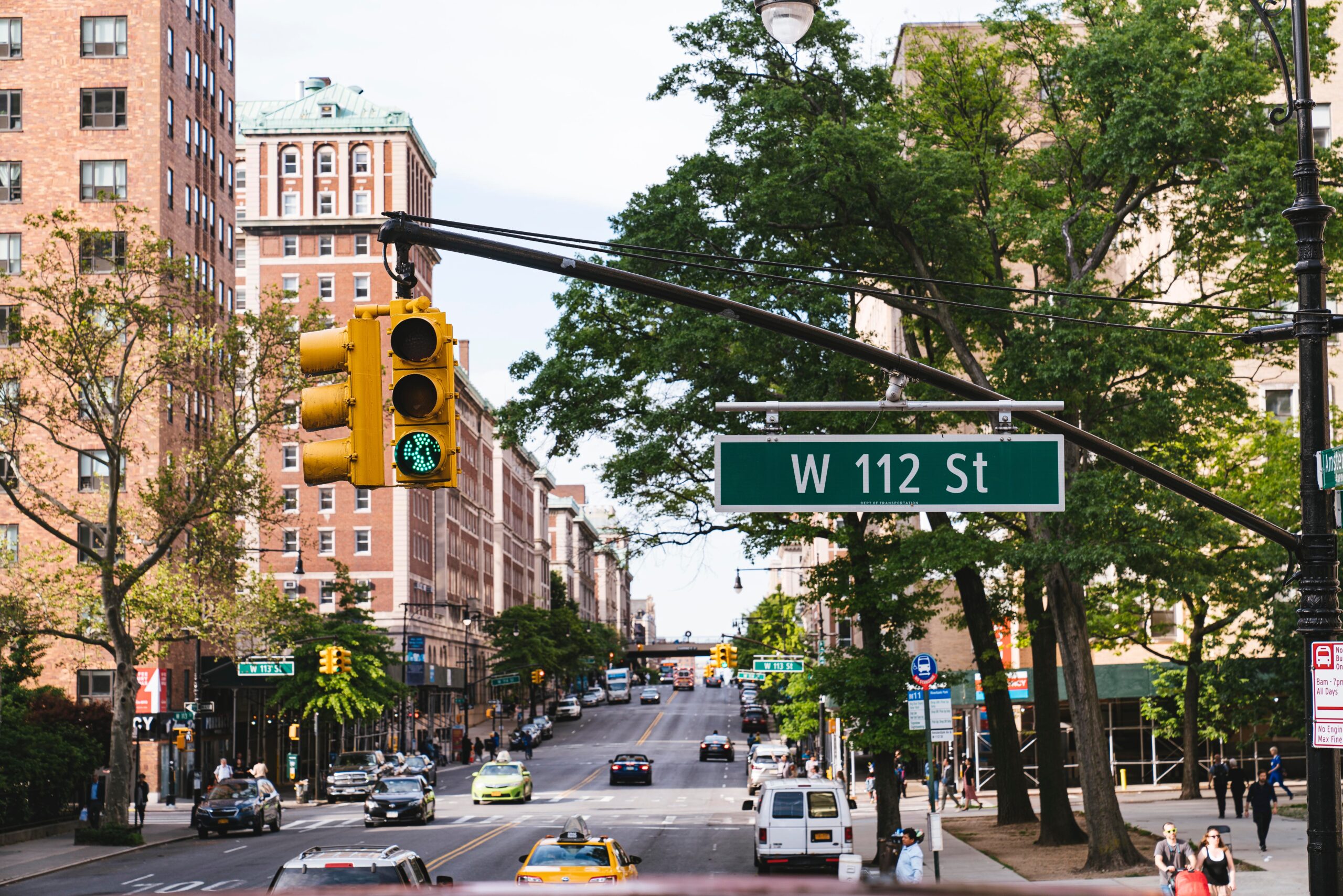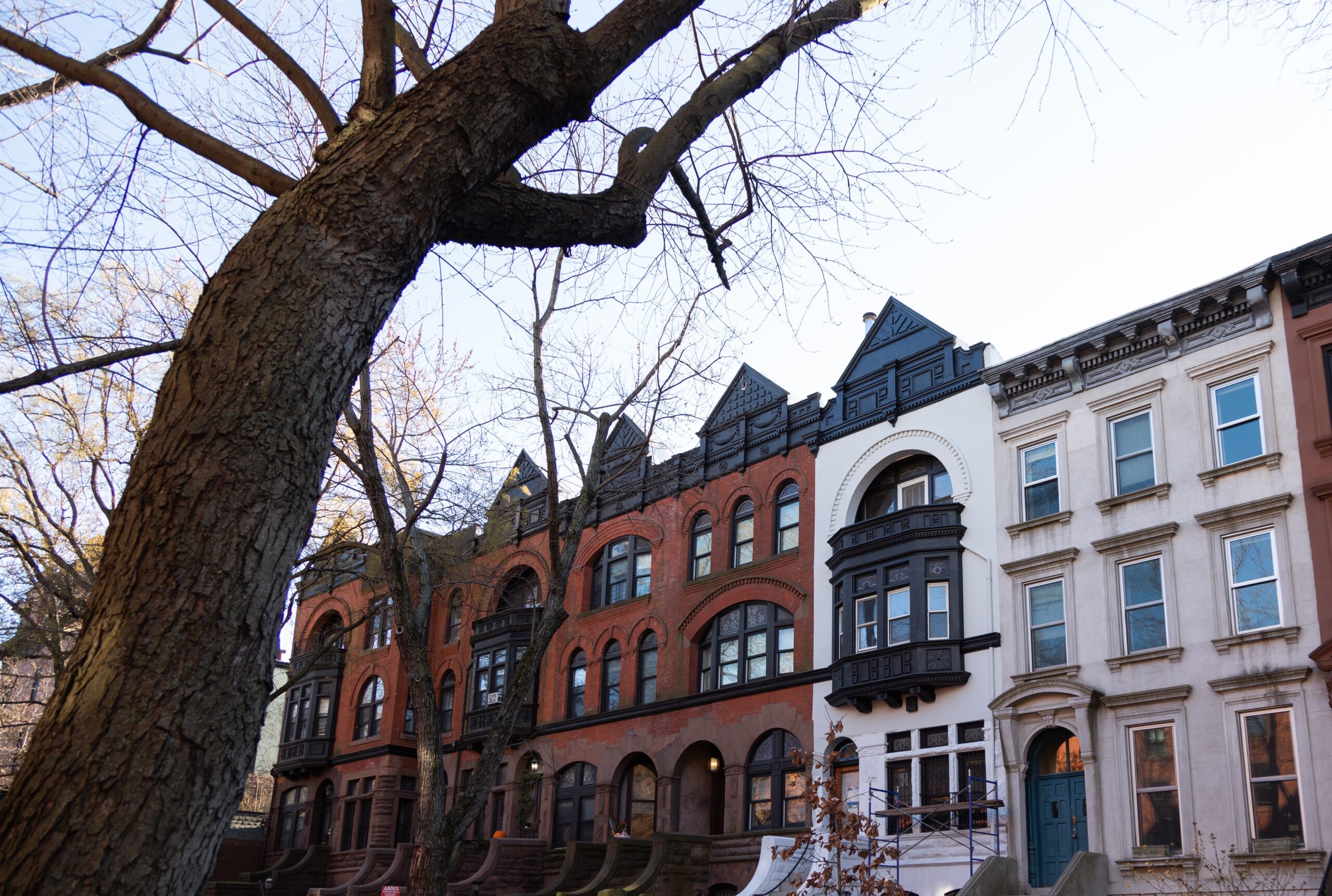New York City consists of five boroughs, each with its collection of neighborhoods. In each neighborhood, you will find a unique atmosphere with restaurants, social gathering spots, shopping centers, community spaces, and more. Additionally, rent prices vary by neighborhood, and different neighborhoods contain different types of apartments.
Since many neighborhoods differ, you should learn more about the neighborhoods you want to move to and consider that when applying. When viewing apartments, schedule enough time to walk around the neighborhood and see what people are doing, what is open in the area, etc. You should also consider your needs and look around potential neighborhoods for a strong fit. Most showings happen during the day, but it’s also important to visit the neighborhood at night to gauge the noise level, food options, neighborhood safety, and so on.
What to consider when picking a neighborhood
Consider how a potential neighborhood caters to the following:
- Access to public transportation
- RentHop found that in 2022, apartments near MTA stops witnessed rent increases surpassing 30%. If you’re looking to live near a subway stop, you may need to pay more than you would for the same apartment a block or two further away.
- Commute time to work
- Proximity to places like gyms, grocery stores, parks, religious centers, etc.
- If you’re someone who needs to pick up a coffee on your way to work in the morning should see what options are around. Perhaps you need to walk or run throughout the day and want to be close to a park or outdoor track.
- Noise levels
- Some neighborhoods are noisier than others. If you work from home, can’t sleep with a lot of noise, or potentially rent a bedroom that is directly above the street, you may want to consider moving to a neighborhood that does not receive a high volume of noise complaints.
- Crime rates & safety
- Neighborhood cleanliness
- Some neighborhoods have higher complaints about levels of debris, dog waste, and pest disturbances.
- Nearby restaurants
- Most neighborhoods house various restaurants and dining establishments, but if you have food restrictions, you may evaluate certain areas based on their proximity to specific options. If you prioritize living in a healthier neighborhood, you can also search for options based on that criteria.
- Heating efficiency
- In 2021-2022, several neighborhoods received many heating complaints. If you’re considering moving to a neighborhood with many complaints, you should consider what you may need to keep yourself warm during the winter.
To learn more about specific neighborhoods, check out RentHop’s neighborhood guides. Each guide provides information on a neighborhood’s atmosphere, history, and public transportation routes. RentHop’s rental statistics and trends also provide valuable insights, and you can check out the four questions to ask when picking a neighborhood.
After considering how large the neighborhood you looking in is, what kind of personality you want your neighborhood to have, and how close you want to be to public transportation, you can quickly narrow down your search for the perfect (or near-perfect) neighborhood.
Extra tips
- When it comes to commuting to work, taking making cross-town or cross-river commutes twice a day can become especially time-consuming and draining.
- Watch out when renting an apartment directly above a restaurant or bar! Rent might be cheaper, but is it worth the pests and noise that might come with the location?
- Certain public transportation lines are less reliable, especially concerning bad weather. Relying on a bus in the winter can be excruciatingly slow while above-ground trains will function properly, and the MTA can reliably keep ice and snow off the tracks. Additionally, check to see that the subway stop near your apartment does not have any warnings about future construction projects. While many routes may undergo repairs while you live in your apartment, some trains may not service your route for an extended period.
- Planning to bike to work or the grocery store? Keep in mind that NYC winter can be tough. Your proximity to your subway station or local spots may matter more than you anticipate.
- Have a dog? If so, you can locate the closest dog runs before moving in and take some time to observe the dog population in those dog runs, making note of off-leash hours at the park. You can also review this checklist for how to move a dog to a new home.









